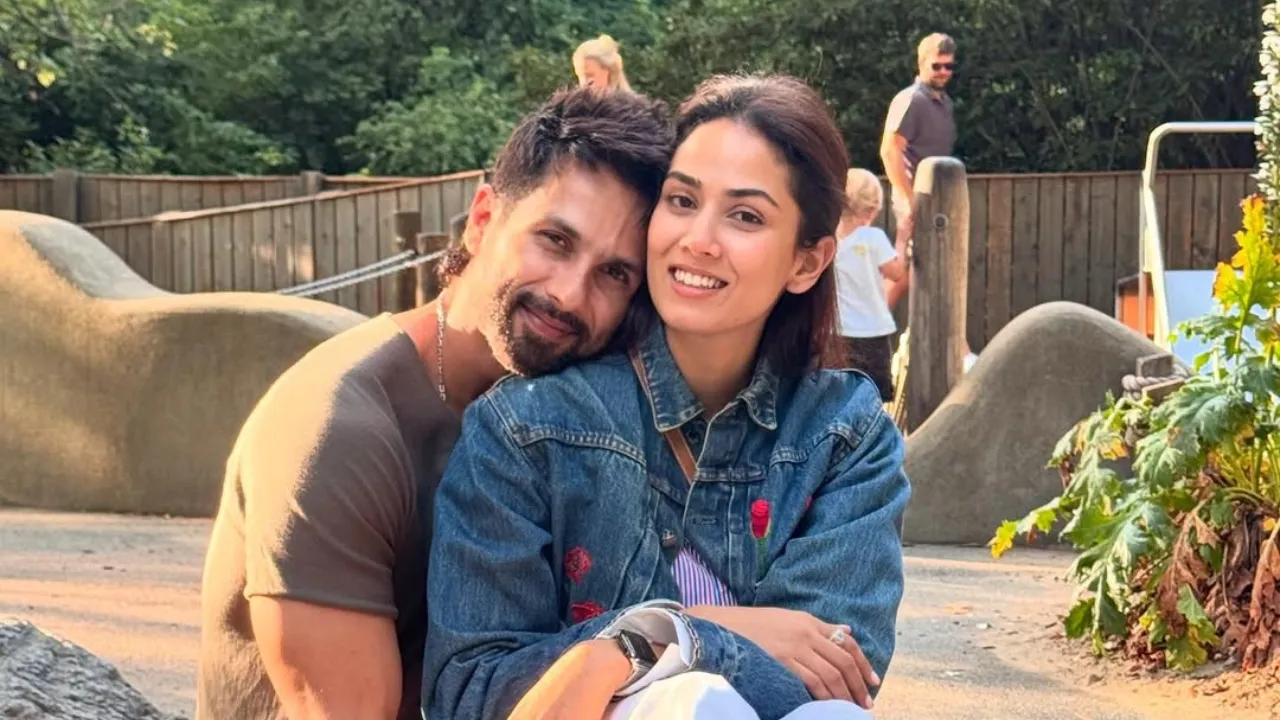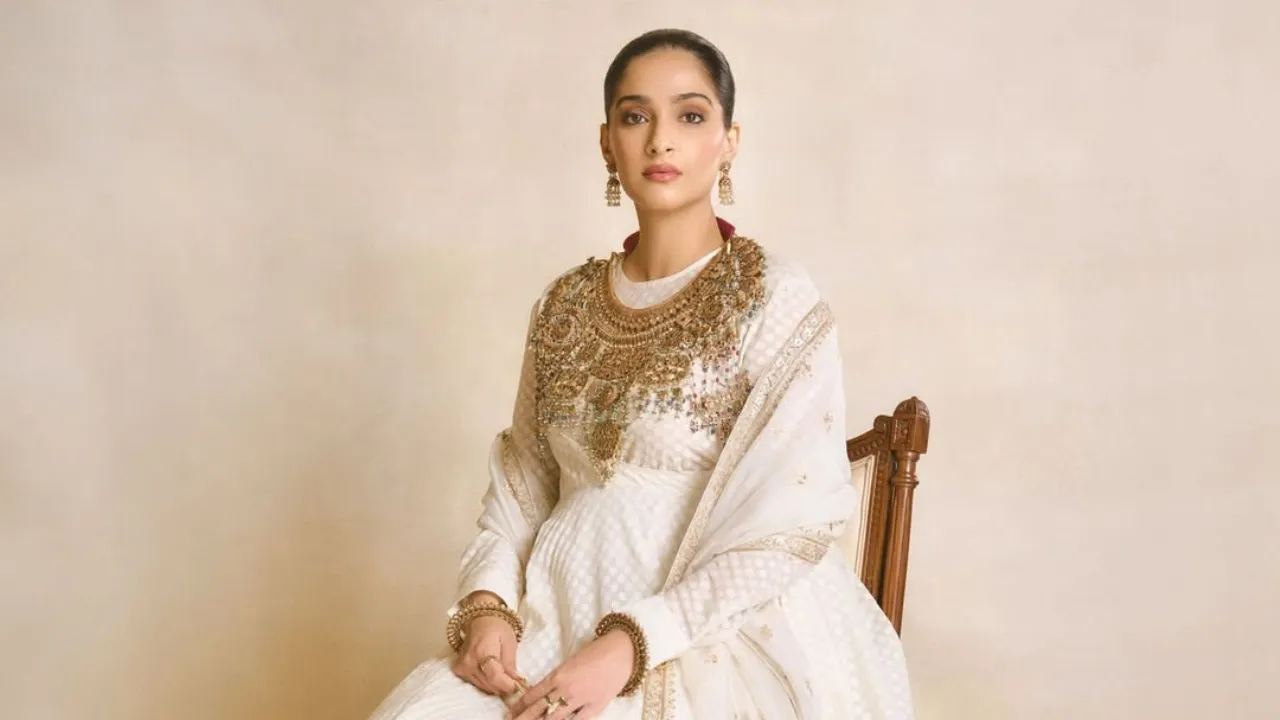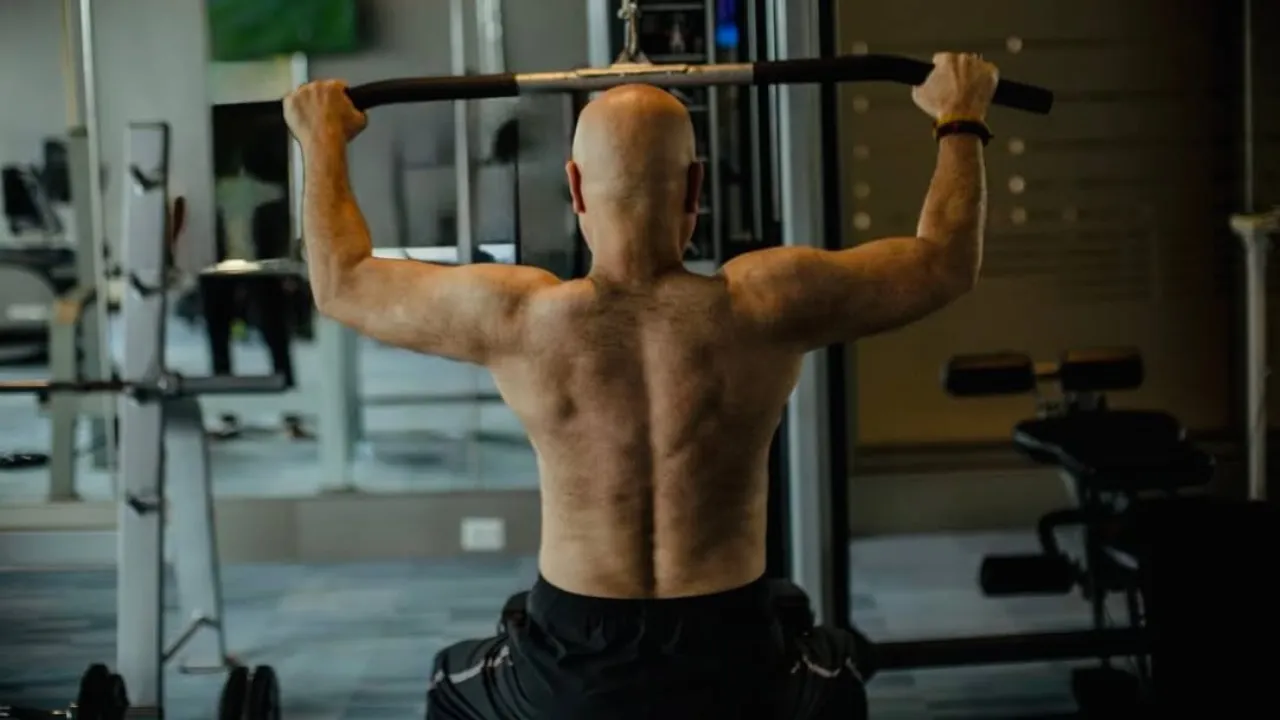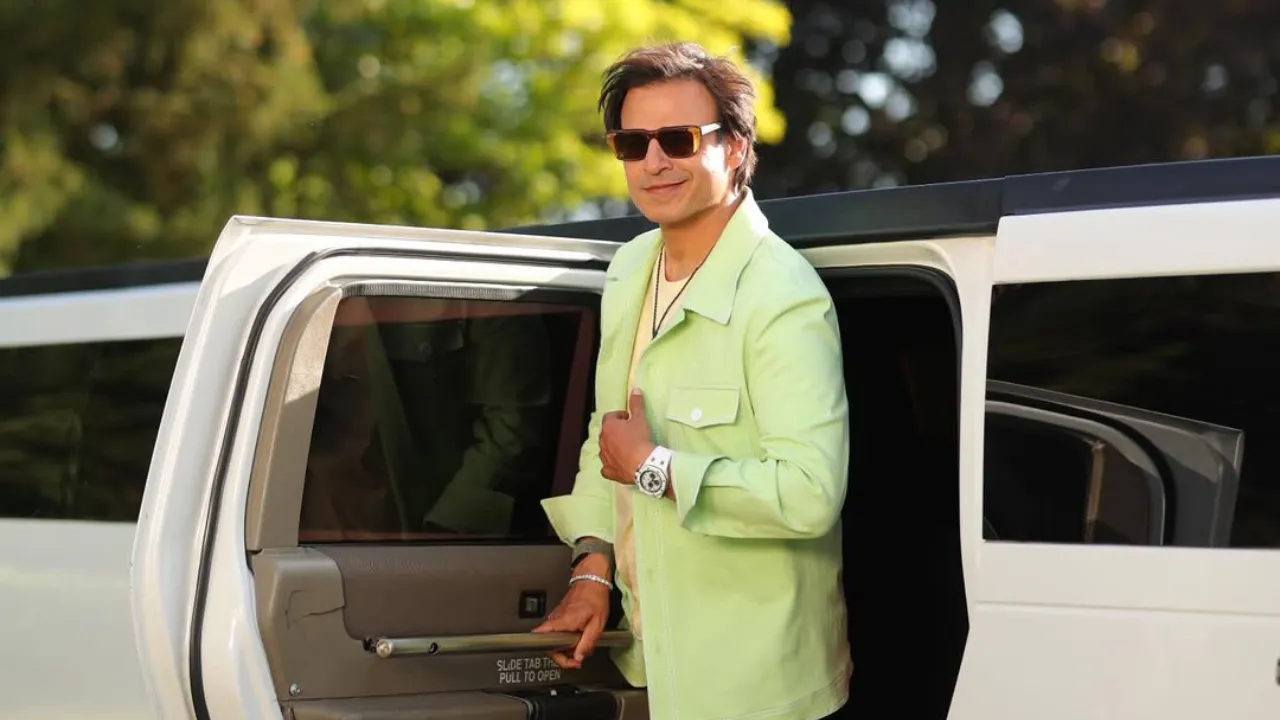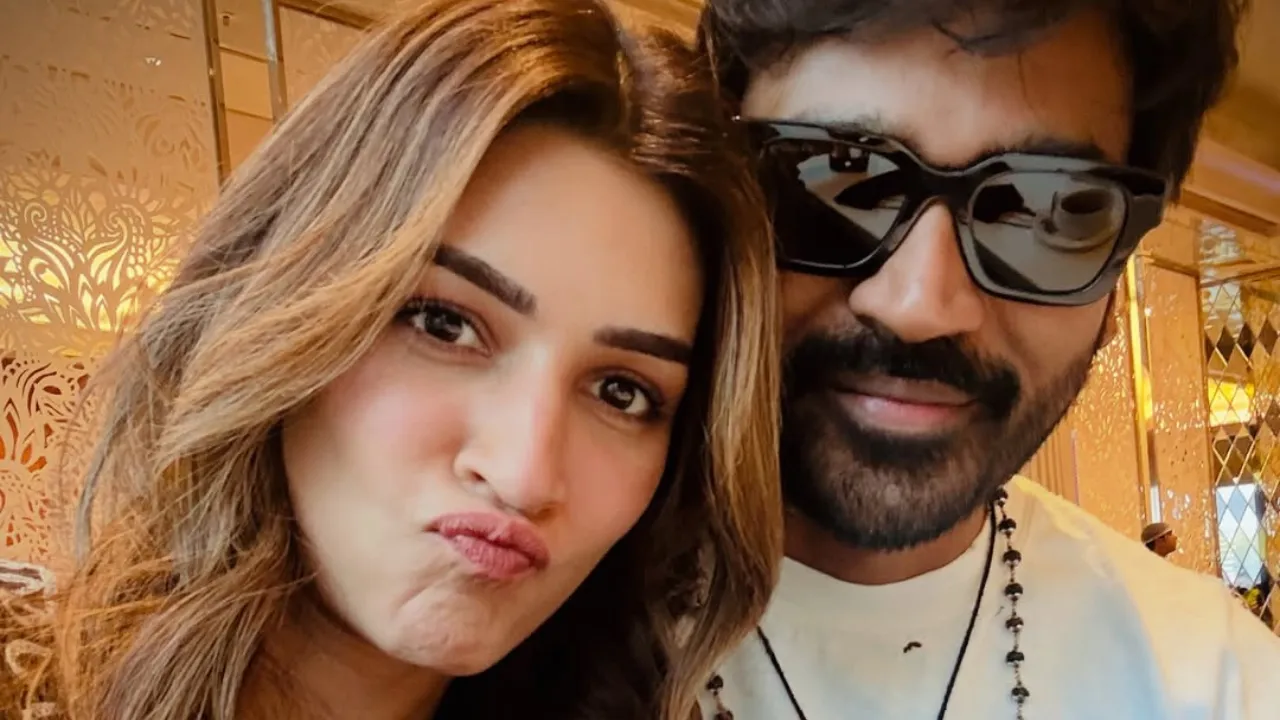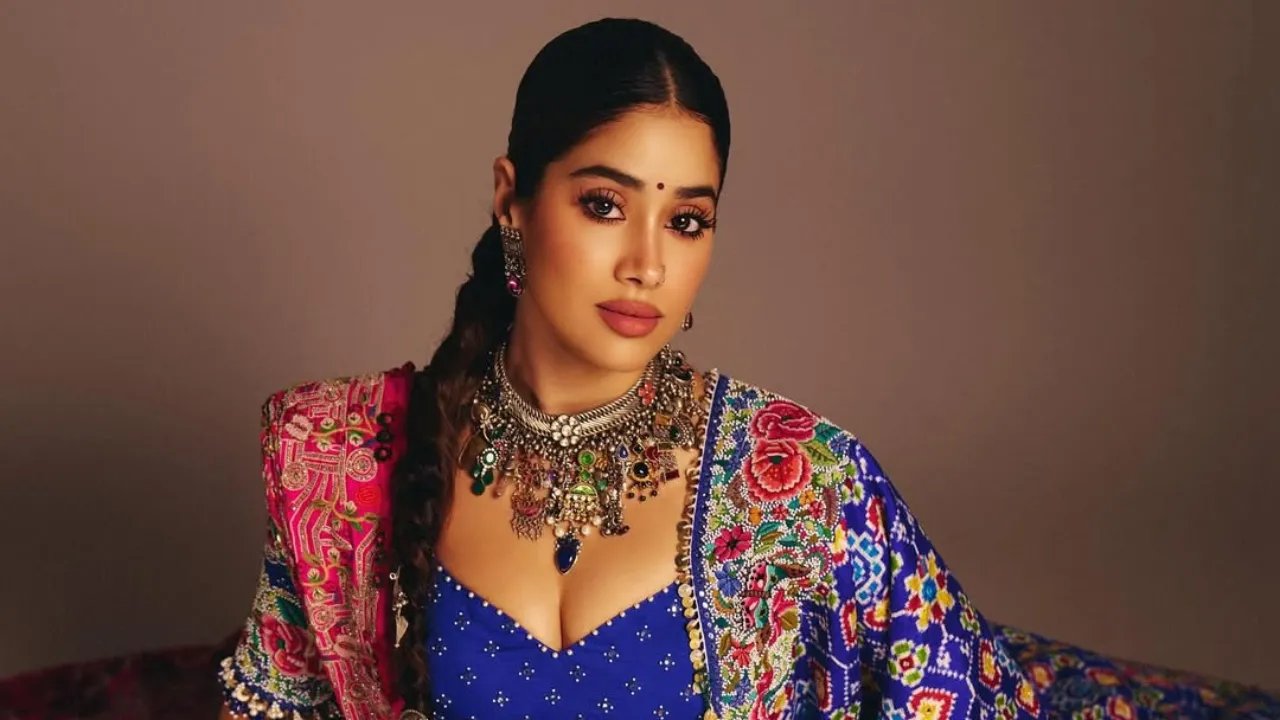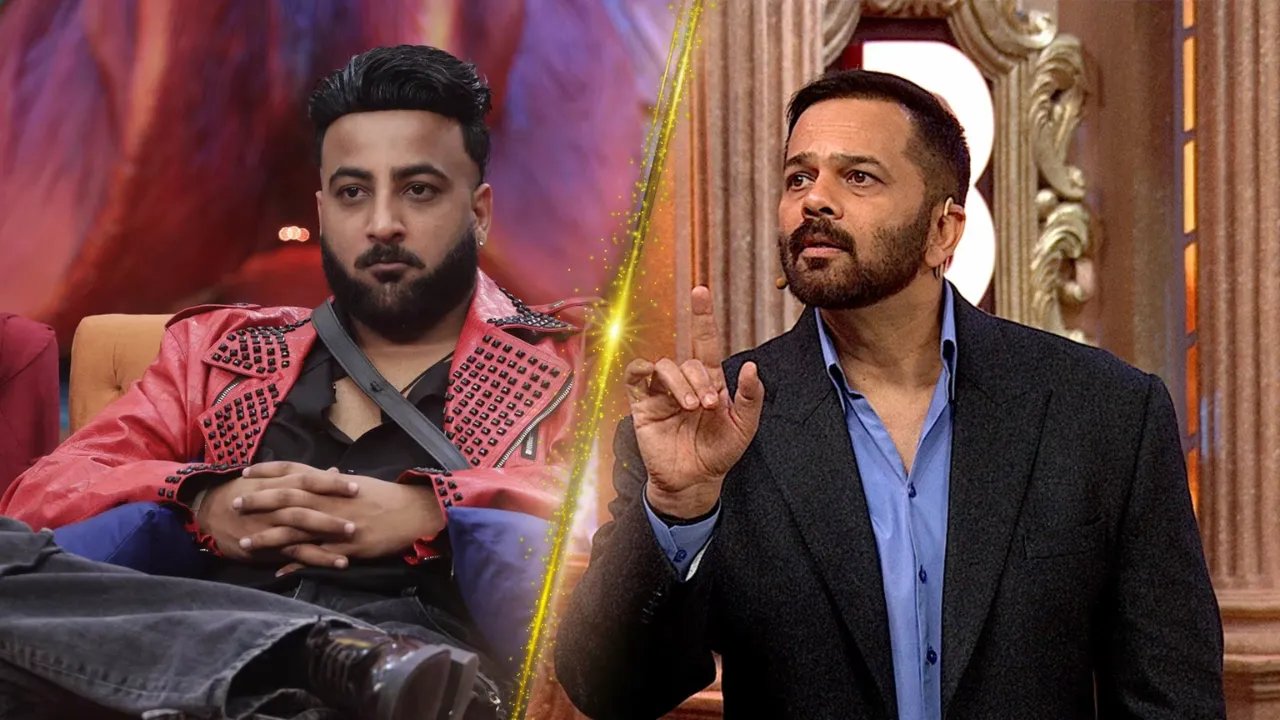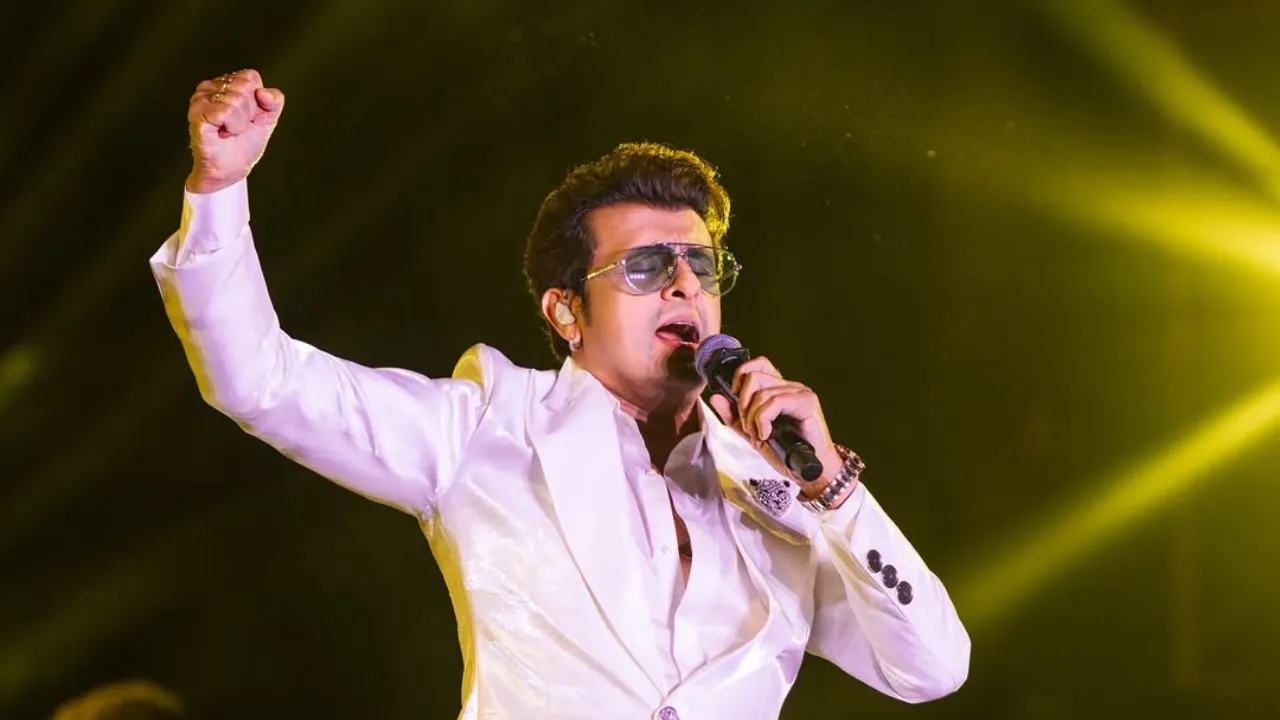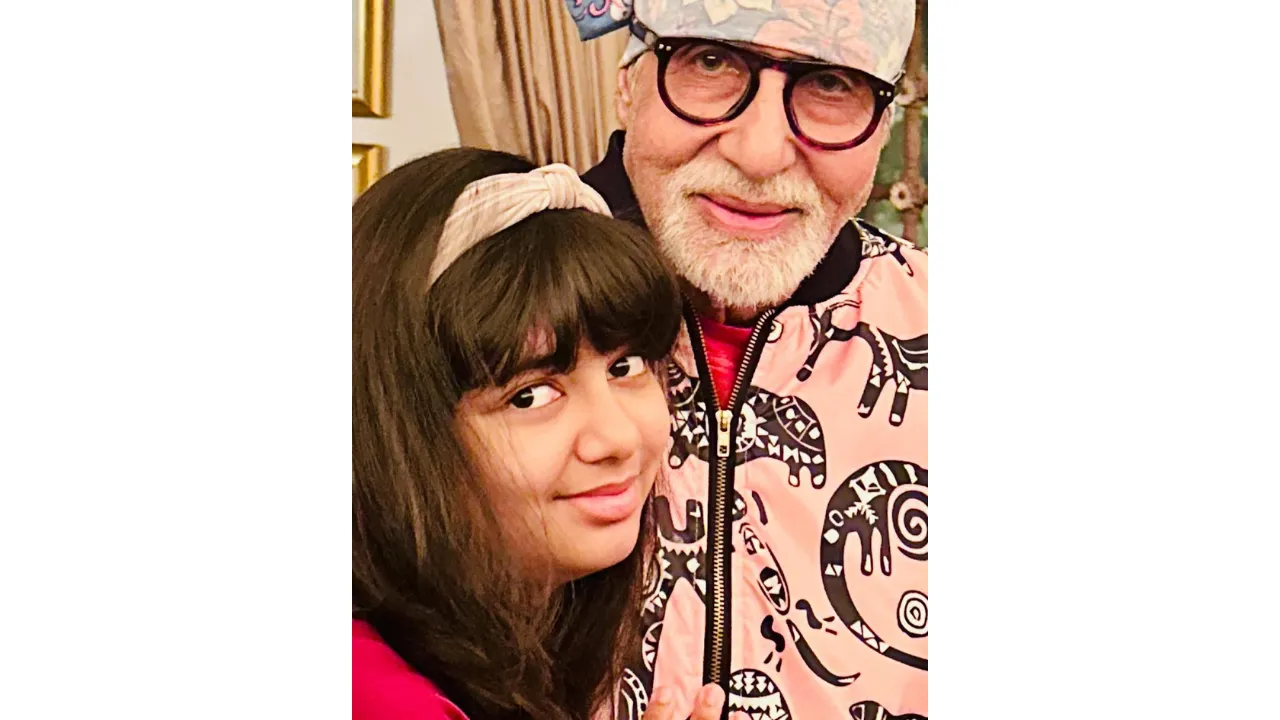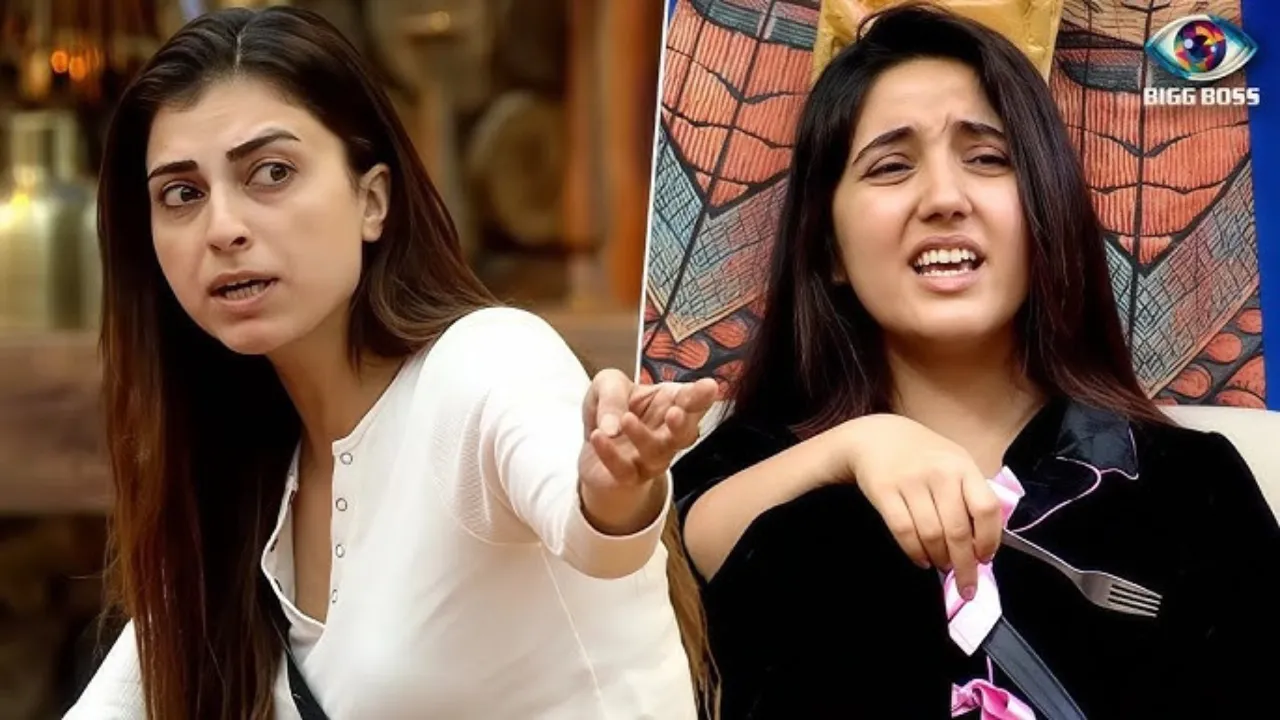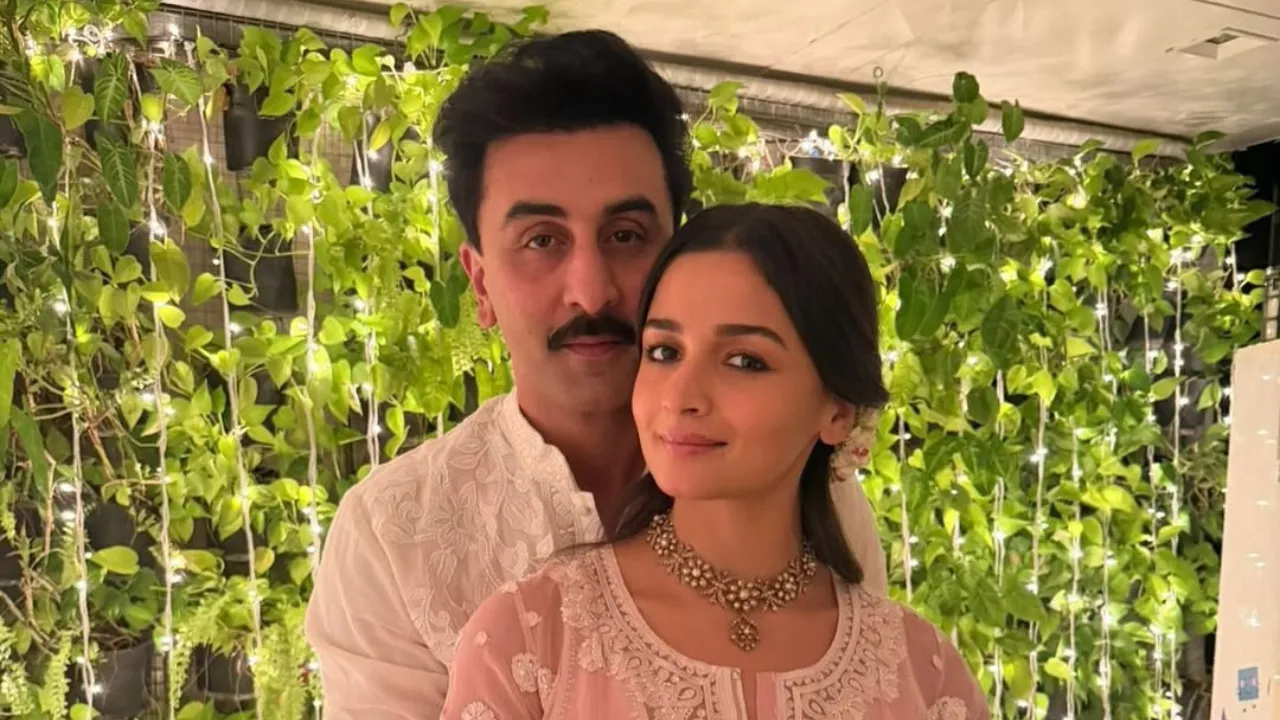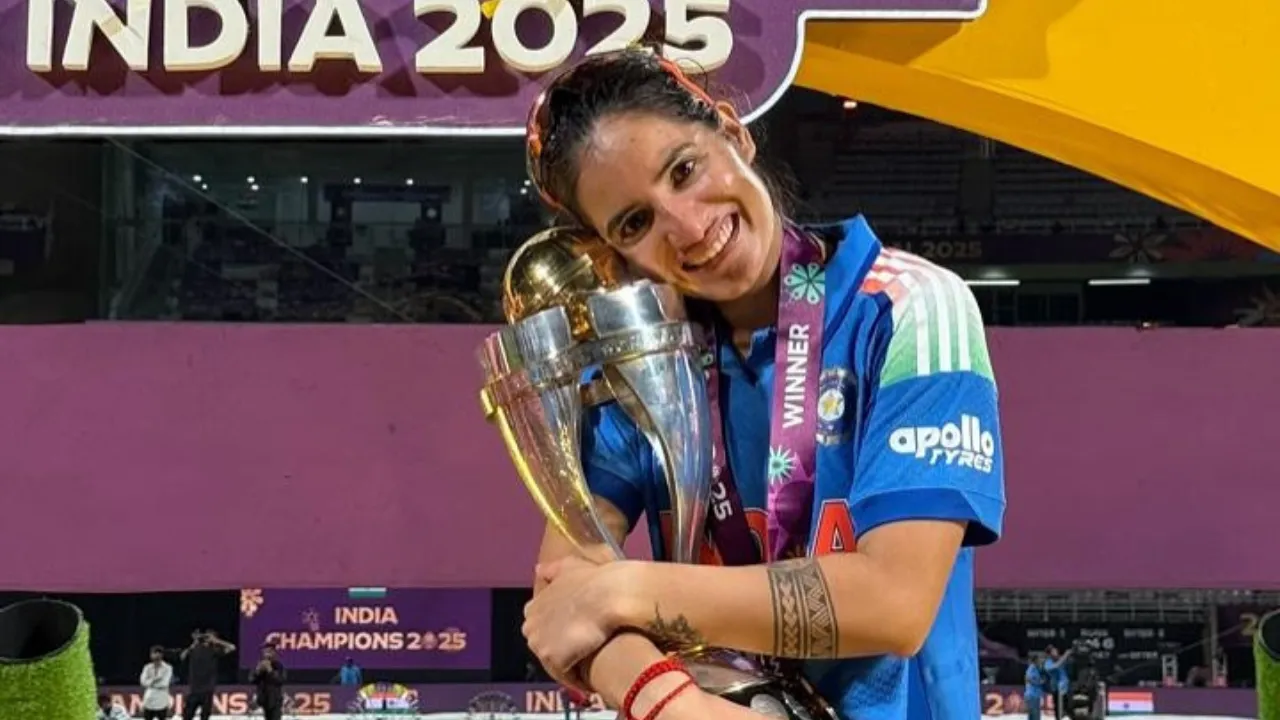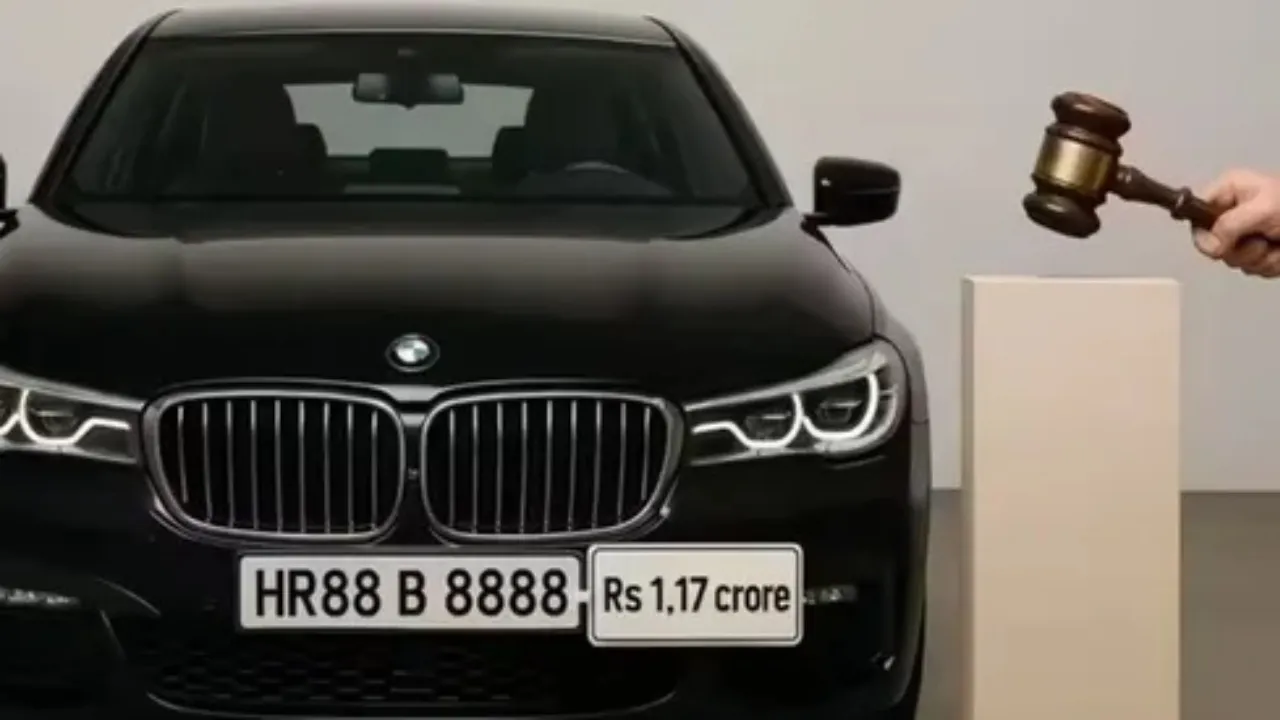Why was Dharmendra called the “He-Man of Bollywood”?
Dharmendra’s name is woven into the fabric of Hindi cinema. For decades he stood out as a rare combination of good looks, raw physicality and effortless charm — qualities that earned him the affectionate tag “He-Man”. But that nickname wasn’t just about muscles. In this article we unpack how Dharmendra built that image, the films and moments that cemented it, and why the label still fits even when you look beyond the biceps.
The origin of the “He-Man” tag: more than a nickname
When people first began calling Dharmendra the “He-Man of Bollywood,” they were pointing to a package: a rugged physique, commanding screen presence, and a penchant for action-oriented, heroic characters. In the 1960s and 1970s he moved from romantic leads to parts that demanded physicality — fights, stunts, horseback chases — and audiences noticed. That blend of sex appeal and strength set him apart from many contemporaries and created an enduring persona that journalists and fans summarized as “He-Man.”
Physicality + charisma = the ideal screen hero
Dharmendra didn’t look like a sculpted, modern-day bodybuilder; his appeal came from an approachable, everyday-macho look — broad shoulders, quick smile, and a natural ease in physical scenes. Directors used that to cast him in roles that required both tenderness and toughness: a lover who could fight, a friend who could protect, a hero who could laugh. That emotional range, combined with visible strength, is why the “He-Man” label felt accurate rather than gimmicky.
Key films that built the He-Man reputation
Certain films escalated Dharmendra’s image from promising star to national icon. A quick look at those roles shows how the nickname was earned on screen.
Phool Aur Patthar (1966) — the rugged breakthrough
This film was one of Dharmendra’s early major hits and marked a turning point. The role let him play a tough, morally grey character whose physicality was central to the plot. Audiences recognized a new kind of leading man — one who could carry grit and mass appeal at the same time.
Sholay (1975) — Veeru: friendship, swagger, and action
If there is one film that sealed Dharmendra’s legendary status, it’s Sholay. As Veeru, he combined comic timing, loyalty and daredevil antics — from horseback stunts to fistfights — and his bravado became part of the cultural memory of 1970s Bollywood. Sholay made the He-Man persona iconic for a new generation.
Versatility across genres
An important qualifier: Dharmendra wasn’t a one-note action star. He delivered romantic songs, sensitive performances and comic turns across more than six decades. This versatility made the He-Man label richer — it implied a hero who could be tender, funny and forceful as the role required.
Why the “He-Man” label mattered culturally
Nicknames mean something. In Dharmendra’s case, “He-Man” became shorthand for an aspirational masculine ideal in India’s changing social landscape.
A new kind of hero for a changing India
In the decades after independence, Indian cinema was looking for heroes who reflected strength and romantic idealism. Dharmendra’s He-Man image fit perfectly: a rural-to-urban trajectory, hardworking persona, and physical readiness to fight for justice or love. That made him relatable to a wide audience, from small towns to big cities.
Influence on later actors
Actors who followed often cited Dharmendra as an influence — not just for his physique but for his effortless mix of vulnerability and bravado. His kind of masculinity paved the way for later action-romance stars who needed to be both sympathetic and forceful.
Off-screen life: the man behind the He-Man
Part of what made Dharmendra’s He-Man image ring true was his off-screen reputation. Colleagues often described him as warm, funny and down-to-earth — traits that humanized the strongman image rather than turning it into a caricature.
Family, politics and public life
Beyond films, Dharmendra had a public life that included serving as a Member of Parliament and supporting his film-family — several of his children entered cinema. Public appearances and interviews showed the same plainspoken charm that fans loved on screen. His awards and recognitions, including the Padma Bhushan in 2012, acknowledged that contribution to Indian culture.
The He-Man legacy today
Dharmendra’s nickname persists because it captures both an era and an ideal. Even as cinema’s aesthetics have shifted, the qualities that made him special — physical presence, comic timing, romantic warmth and action skills — remain benchmarks for performers.
Remembering the full actor
It’s easy to reduce Dharmendra to a single label, but his career shows the reverse: a single label that expanded to include love songs, slapstick, serious drama and epic action. That breadth is why the “He-Man” tag still feels like a compliment and not a box.
Recent developments (as of Nov 24, 2025)
In late 2025, the film world reflected on Dharmendra’s six-decade career after the news of his passing on November 24, 2025. Tributes emphasized both his He-Man roles and his softer, human performances — evidence that the nickname was only one part of a much larger legacy.
Final thoughts: why the nickname still fits
Dharmendra’s label as the “He-Man of Bollywood” endures because it was earned honestly — on screen and off. It points to a rare combination: a movie star who could flex muscles and hearts in equal measure. The tag captures both the physical and the emotional strength he projected, and that is why, decades later, audiences still recall him with that affectionate title.

